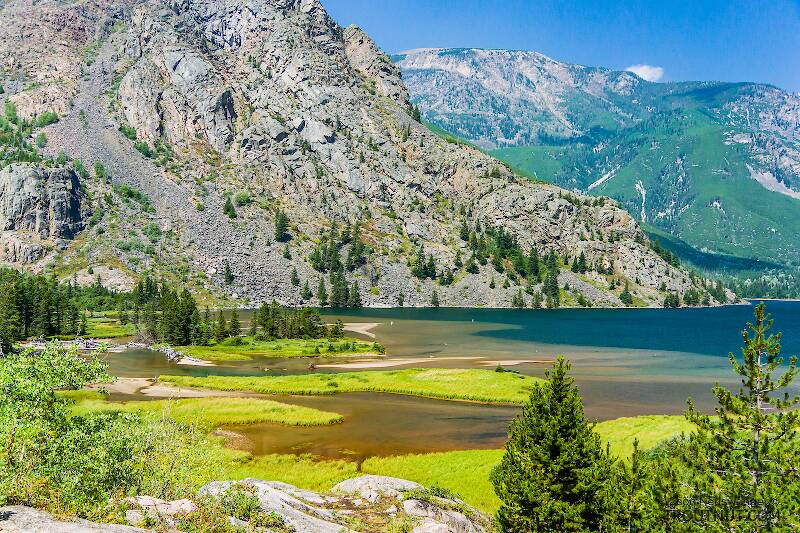
Salmonflies
Pteronarcys californica
The giant Salmonflies of the Western mountains are legendary for their proclivity to elicit consistent dry-fly action and ferocious strikes.


Ameletus vernalis (Brown Dun) Mayfly Nymph Pictures
I keyed this one out using the Alberta species key from Zloty & Pritchard 1997.
Notes from the ID include:
1. Posterior margin of sternites 6-8 without spines
2. Mesal gill extension "well developed"
3. Basil third of caudal filaments pale
4. Anterior surface of front femora mostly pale
5. Dark band on caudal filaments begins around segment 20
6. Final instars early season
This one keys out pretty cleanly to Ameletus vernalis except the color pattern on the tergites doesn't match. However, two species known in Washington aren't included in the key. Of those two, Ameletus vancouverensis would be too small (adult body length 9 mm), but Ameletus andersoni (currently documented only from a spring in Cowlitz County) has a wide range of sizes and emergence times that could be compatible with this one. So I can't rule that species out, but Ameletus vernalis seems the most likely.
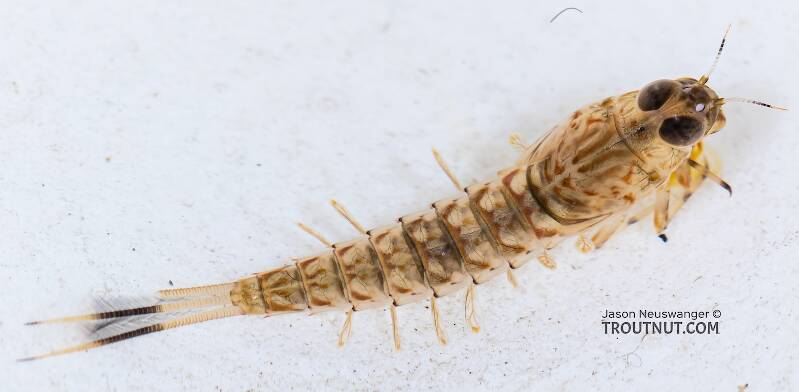
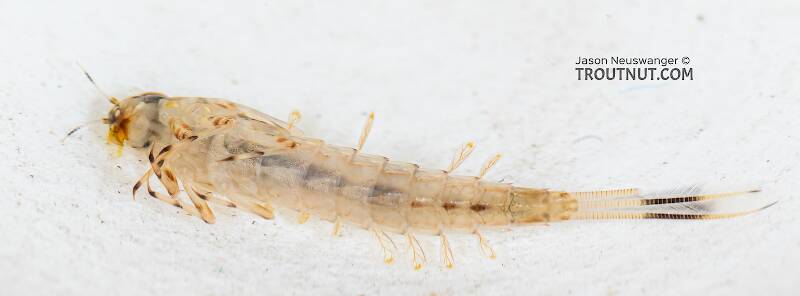
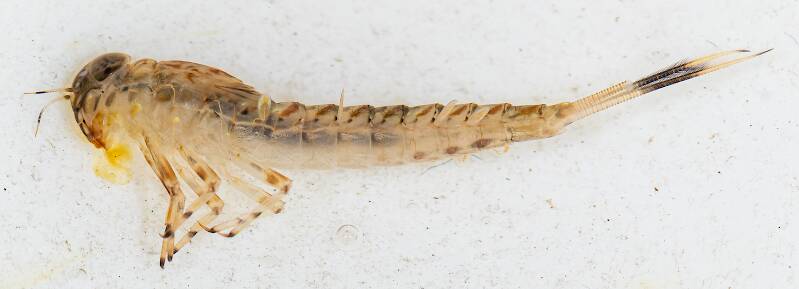
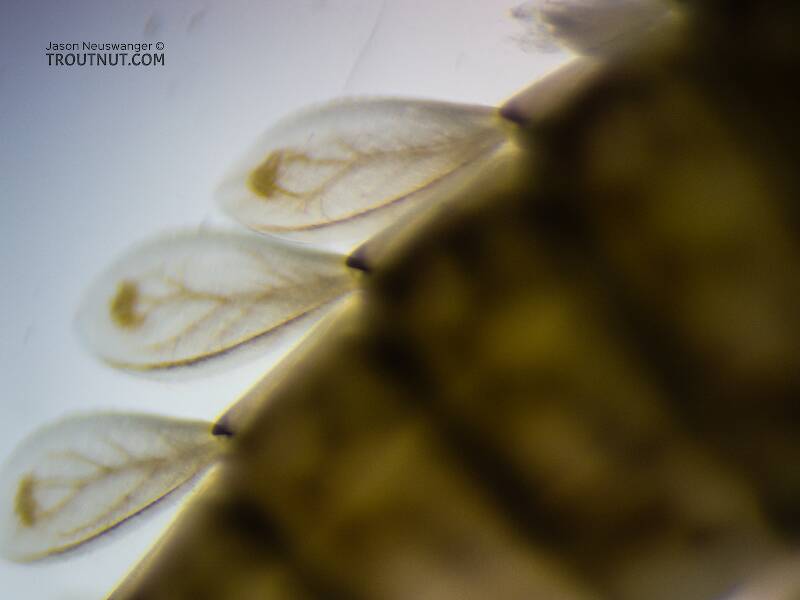
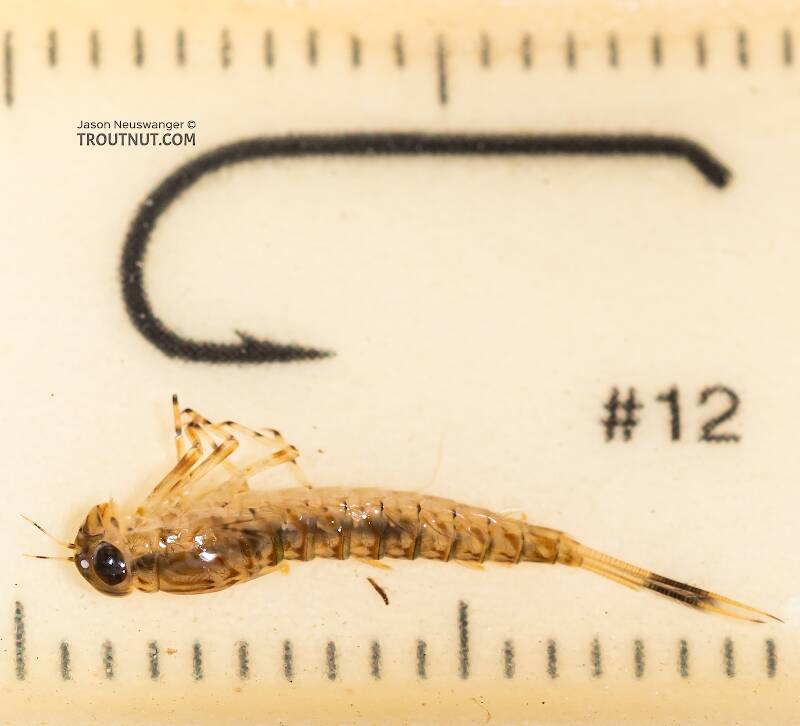
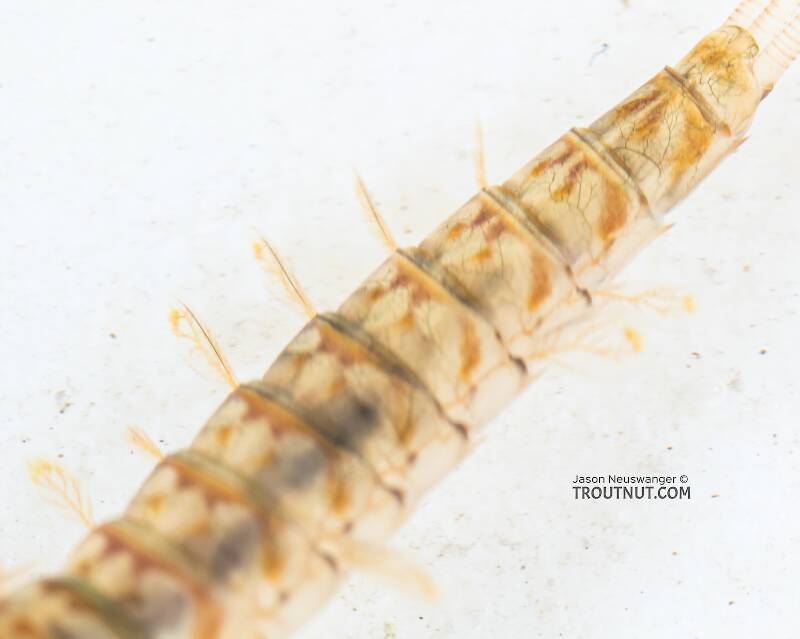
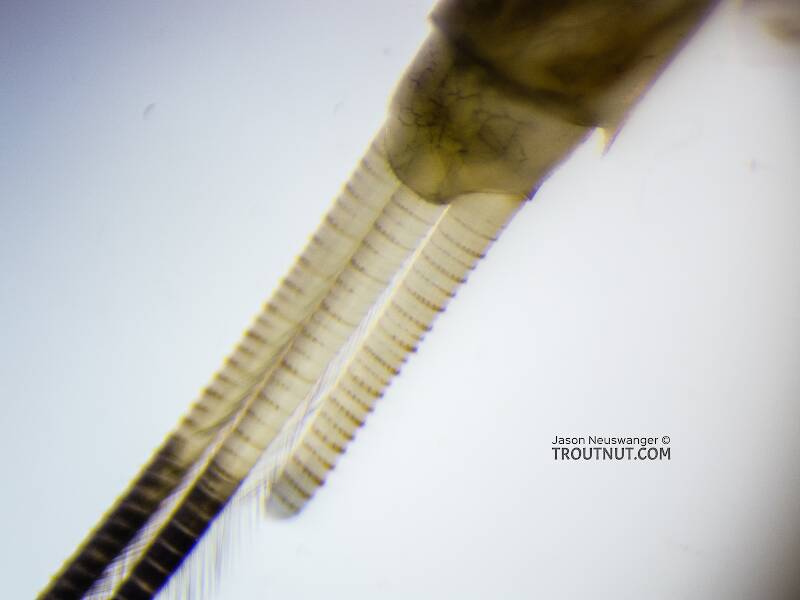
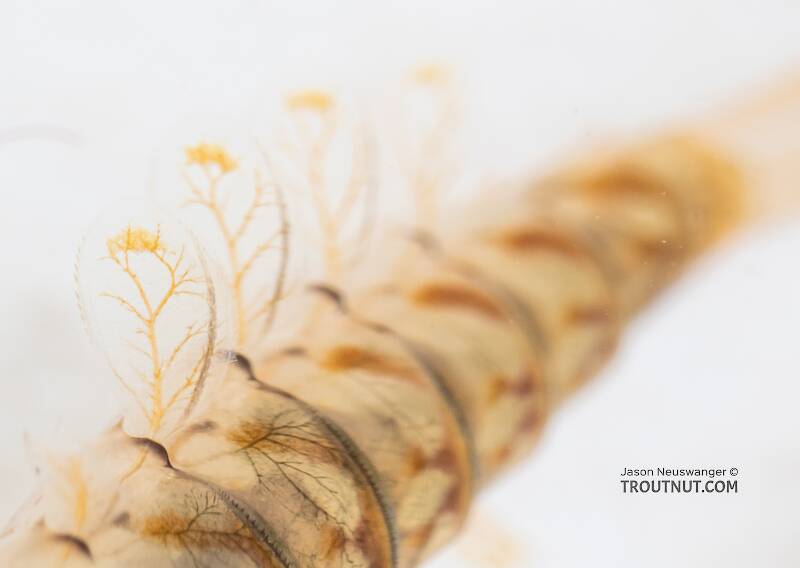
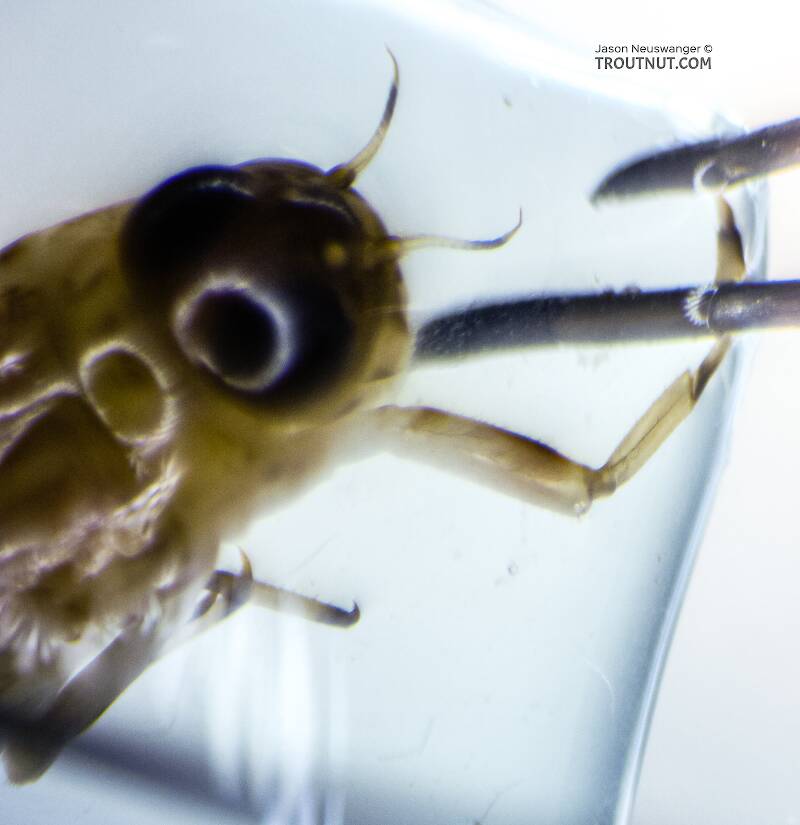
This mayfly was collected from the Yakima River in Washington on April 9th, 2021 and added to Troutnut.com by Troutnut on April 12th, 2021.
Start a Discussion of Nymph
Ameletus vernalis (Brown Dun) Mayfly Nymph Pictures
Collection details
Date: April 9th, 2021
Added to site: April 12th, 2021
Author: Troutnut

